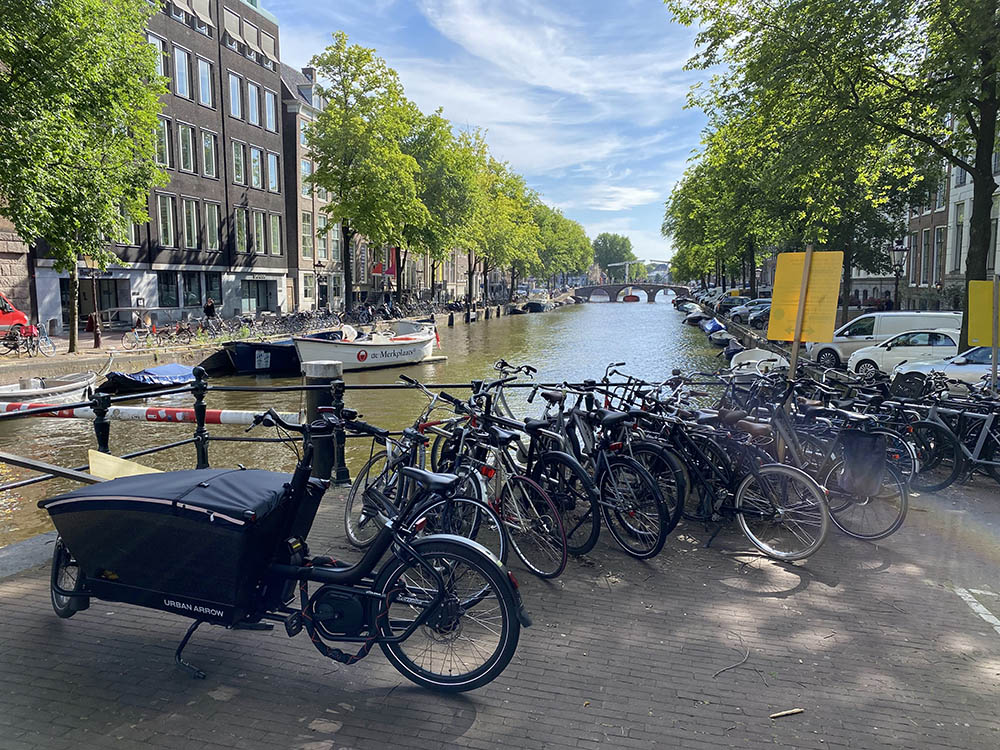
During a recent business trip to Amsterdam, I decided to ditch the usual taxis and embrace cycling as my main method to get around.
After all, the city is famous for being cycling-mad, and some of the mayors of Metro Manila even had a look at it recently.
So, high time to check what it’s all about myself, and below are a few things I noticed and loved about cycling in Amsterdam.
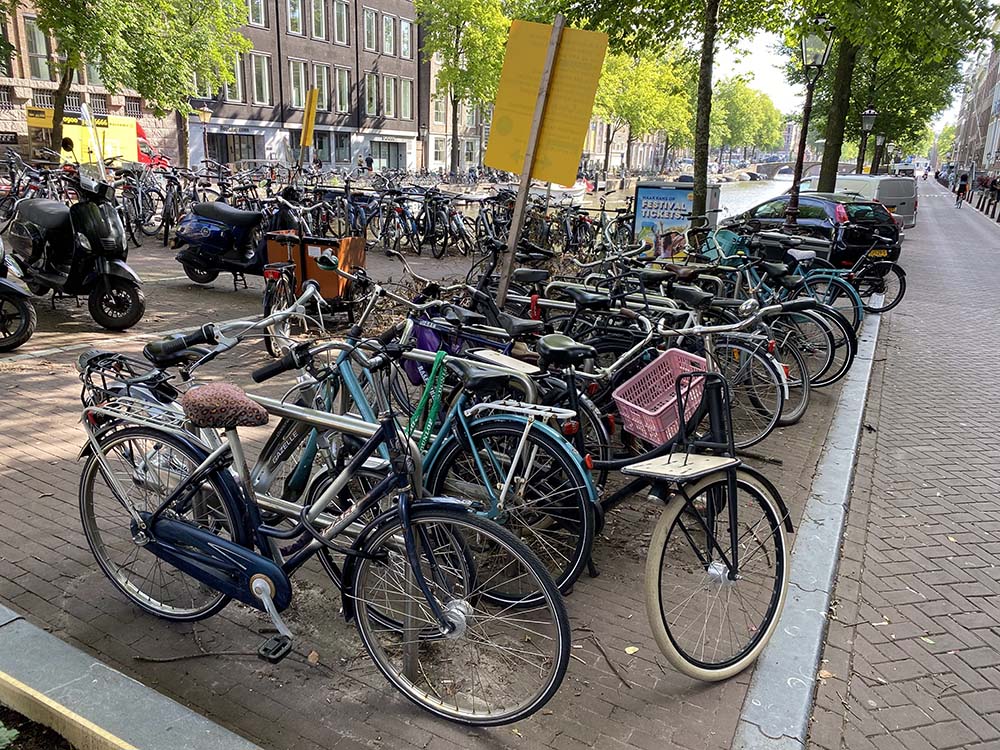
1. Bicycles are everywhere. It’s hard to describe how omnipresent the bicycle is in the Netherlands. No matter where you are staying, as soon as you step outside your front door, you will see at least a dozen bikes (usually more).
They are everywhere, and there are millions of them—literally. One statistic I saw mentioned that the country has 17 million inhabitants and 23 million bicycles.
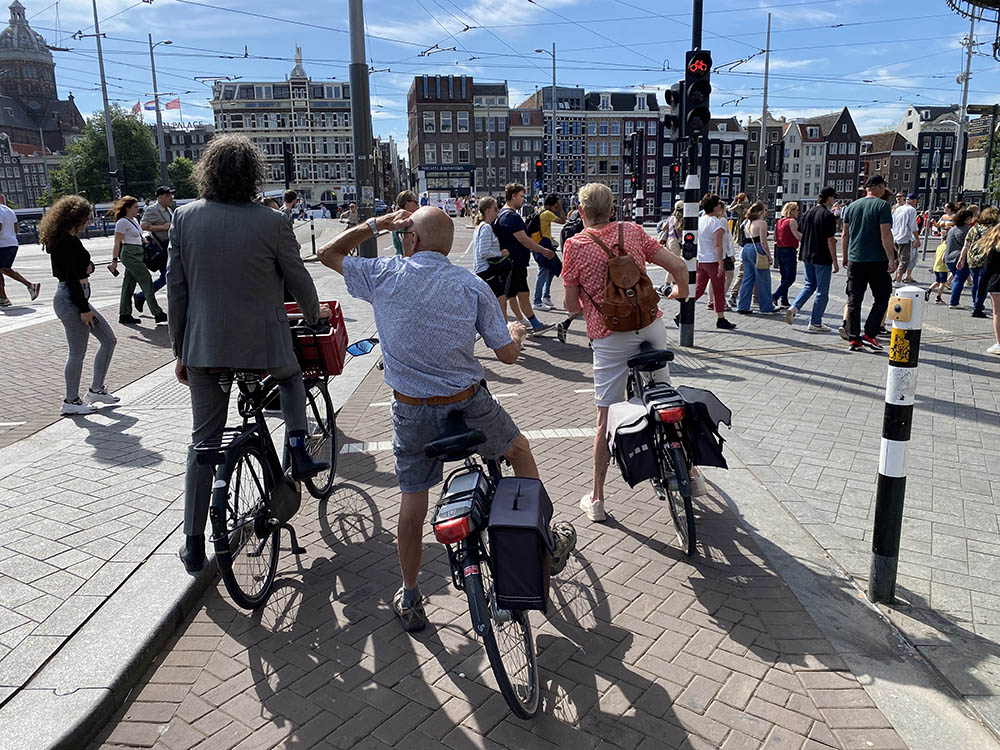
2. Everyone is cycling. Those millions of bikes are really being put to good use, and you’ll see almost everyone cycling in the city. From families with small kids to men in suits and the elderly, everyone is at it and you’ll see the biggest mix of bikes you’ve ever seen.
From clapped-out bangers to high-tech e-bikes like those from VanMoof and tons of cargo bikes, there’s a bike for everyone and every job. A quarter of all trips in the country are made by bike, with the figure going up to a third when the distance is less than 7.5km.
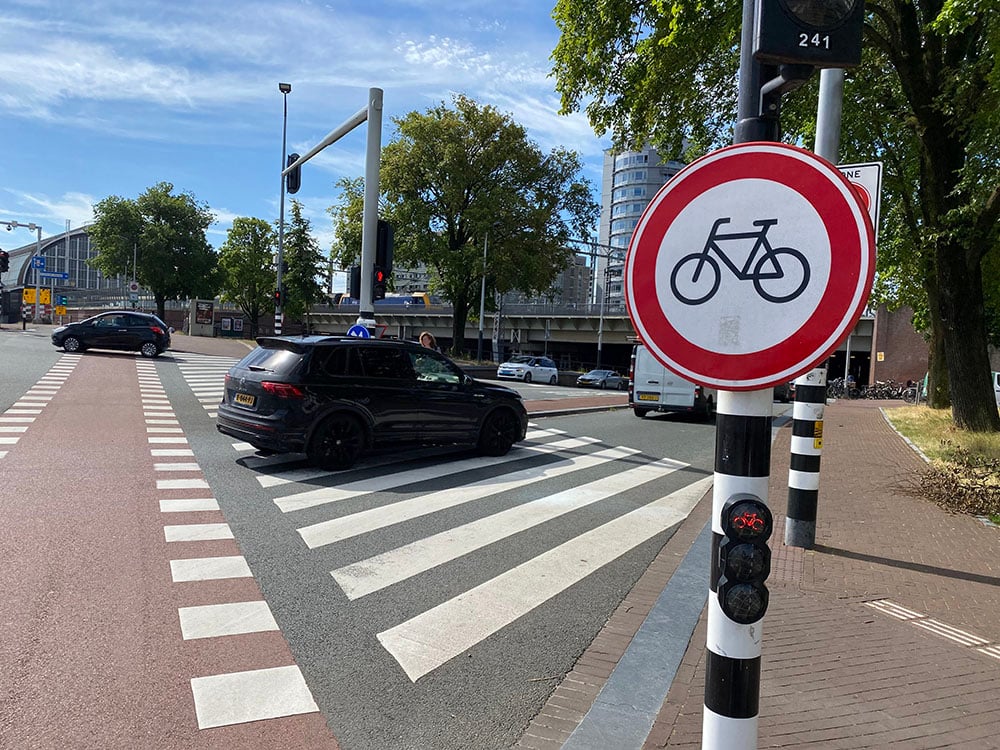
3. There are rules to the madness. You might think that with this many bikes, traffic must be pretty chaotic and there’ll be cyclists crashing into each other and into cars all over the place. While things can get real busy at times, the country’s Highway Code makes sure that everyone knows how to behave.
It has plenty of rules for cyclists, and most people seem to stick to them, such as not using your phone while cycling or indicating which way you are going at junctions. If you don’t, you can even get fined, but most of the time, the disapproving looks of fellow cyclists are sufficient punishment.
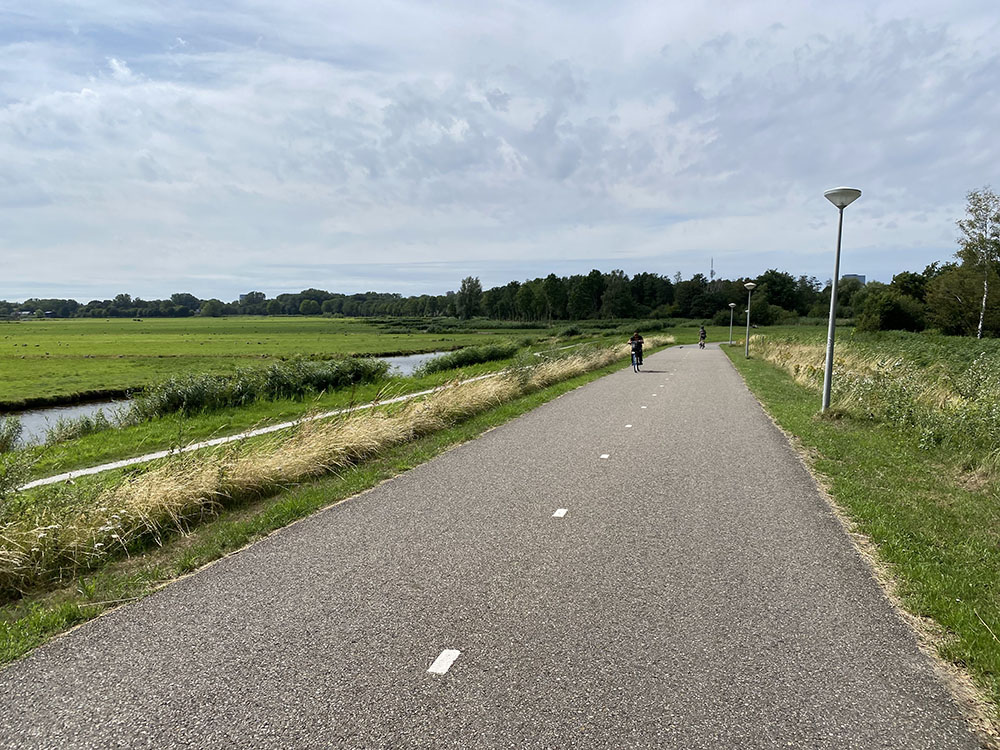
4. The infrastructure is amazing. Amsterdam went a lot further than half-heartedly painting some bike lanes onto roads, and hoping for the best. The complete cycle infrastructure in that place is totally next level, and most of the time, you get to ride on separate bike lanes.
By the way, “lane” isn’t really the right term here.
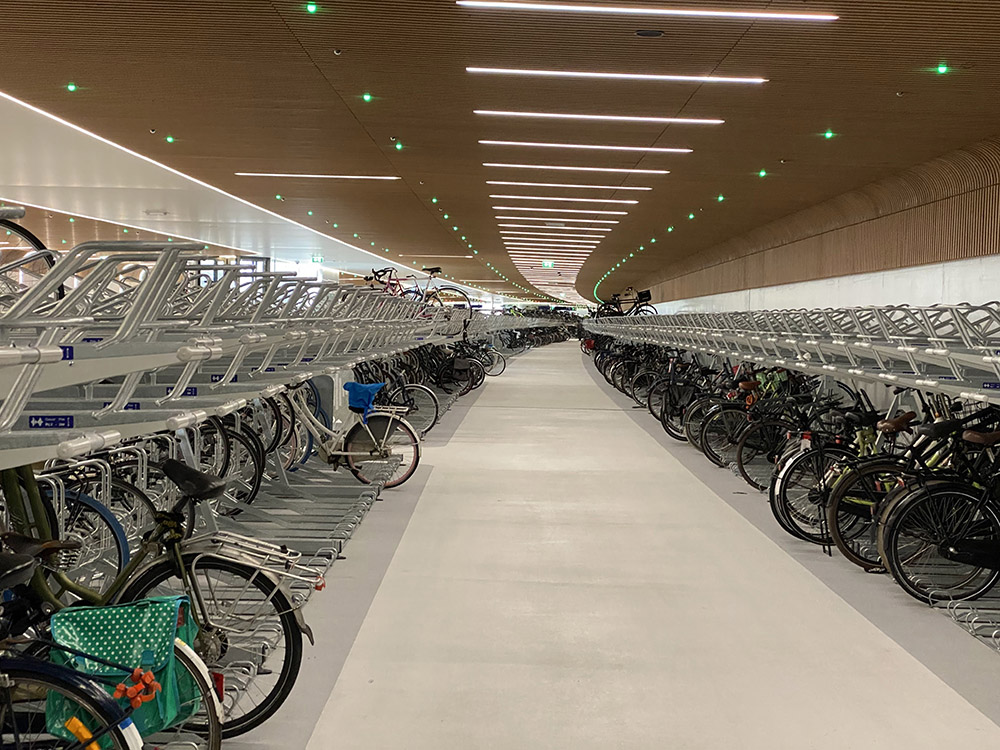
“Biking highways” often describes it better, and the various transport methods also work hand in hand. There’s secure underground and simple on-street bike parking everywhere, and bikes can be rented easily if needed or taken on public transport such as trains.
This city has put as much effort into looking after cyclists as Metro Manila has done to please cars. The result is a clean and healthy city in one country, and, well…
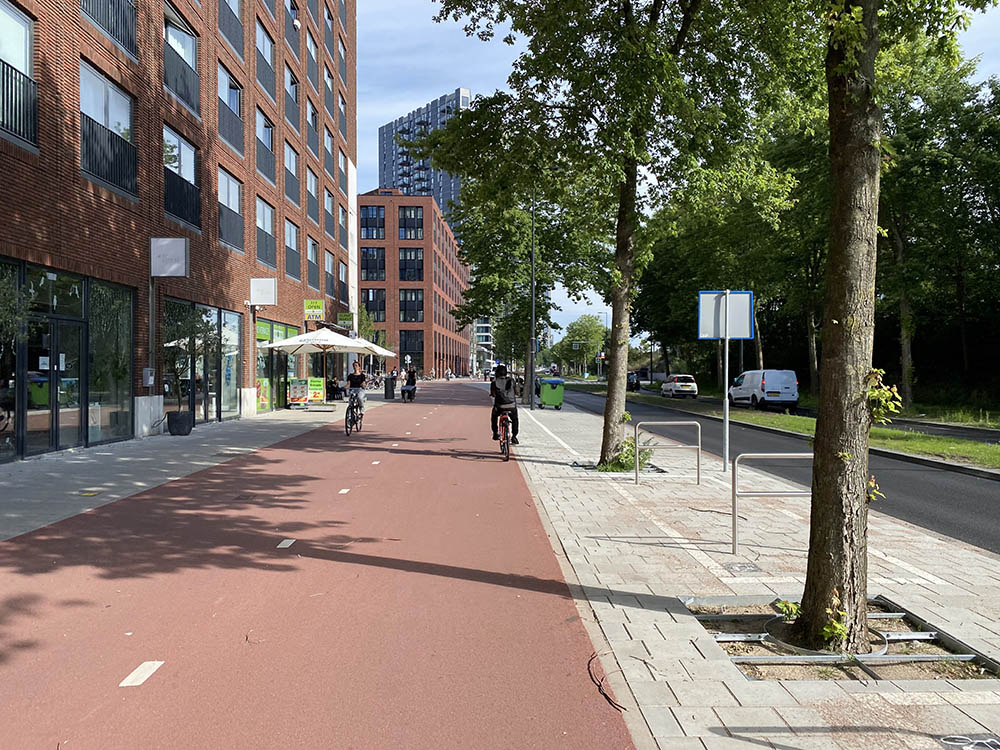
5. Bike lanes are for cyclists. Ride around in Metro Manila and you’ll see plenty of motorbikes use the bike lanes as well, which can lead to issues and confrontations. Amsterdam had the same issues once after the city allowed certain scooters to use bike lanes. It quickly became apparent that this wasn’t a good idea, and around four years ago, scooters were banned from cycle paths again.
Violate this rule and you risk a fine, with enforcement being done in person by police and with cameras. Pedestrians are also not supposed to walk on cycling tracks (and vice versa, of course), and in most areas, you will see wide cycle paths and sidewalks with a narrow roadway for motorized vehicles between them.
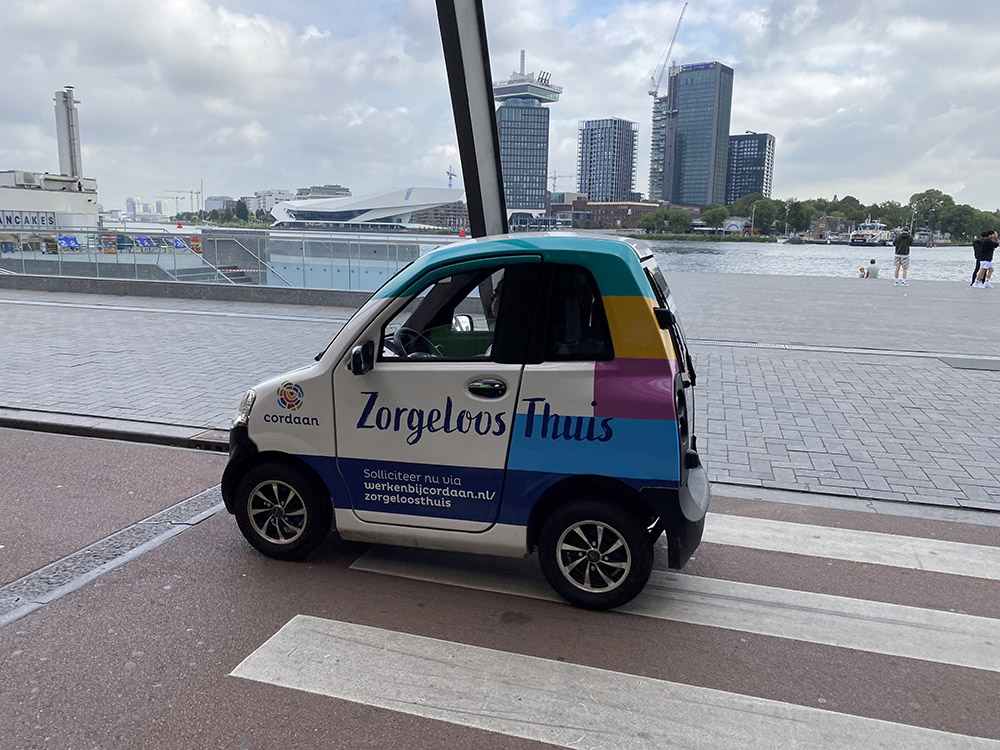
6. Cars play second fiddle. The country’s Highway Code puts the most vulnerable road users at the top of the hierarchy, which means pedestrians come first, then cyclists, and then cars. This works quite well in practice, where cyclists respect pedestrians and cars respect cyclists.
And I really mean respect. I wasn’t cut off once while there, but saw plenty of cars stop and patiently wait until the cycle path was clear and they could turn.
There is one peculiarity when it comes to four-wheelers in the country, though: microcars, also known as moped cars. You’ll see plenty of them whizzing around, and just like with scooters, they were once all allowed to use cycle paths. After that caused chaos, the rules were changed, and now only those that are legitimate mobility aids can take to bike lanes.
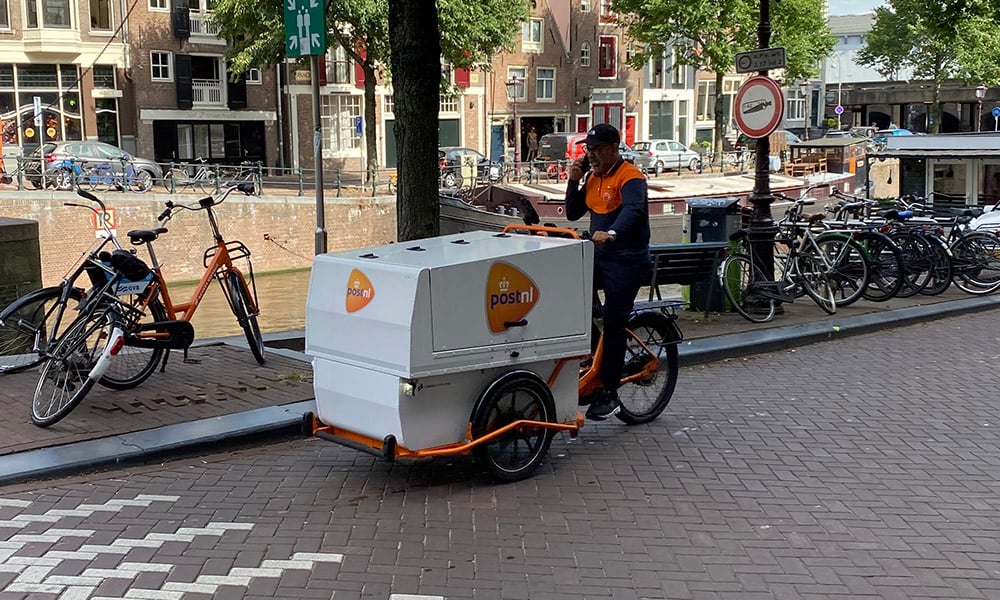
7. Cargo bikes are brilliant. You may ask yourself: All well and good that people are cycling to work, but what if I need to go shopping or want to go somewhere with my small kids or pet?
The answer to that question is called bakfiets, or cargo bikes for non-Dutch speakers. You’ll see them ferry everything around from goods for sale to children and animals.
There’s seemingly nothing you can’t chuck onto one of these electric load haulers to get it quickly from A to B. Many companies also use them for commercial deliveries, cutting down on the number of vans and trucks needed to be on the road.
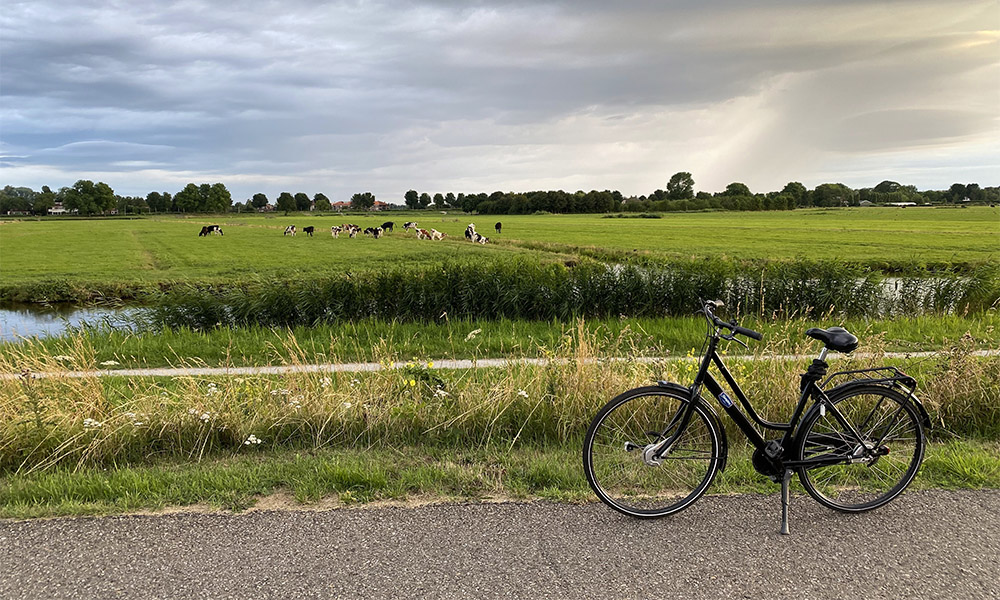
8. It’s so quiet and clean. The fact that most people travel around on bicycles means the whole place is incredibly quiet and the air feels a lot cleaner on your lungs than in most other cities I’ve ever been to. The main arterial roads are kept away from pedestrians and cyclists, and the city center feels almost car-free.
All in all, it shows what is possible if a whole city buys into an idea and commits to it at the highest level. Amsterdam wasn’t always a cycling city. It was once ruled by the car just like Metro Manila. Then the people decided they’d had enough, and I can’t wait for that moment to arrive in the Philippines.


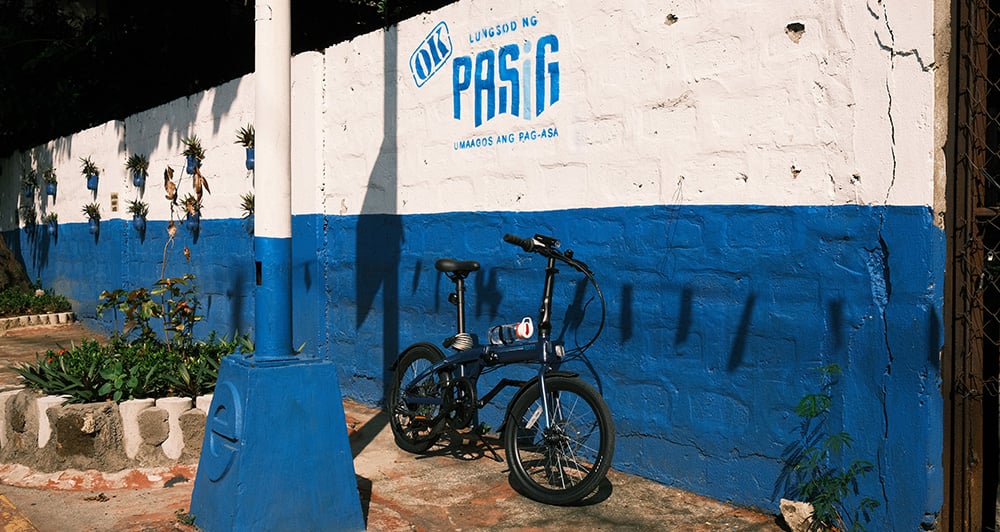
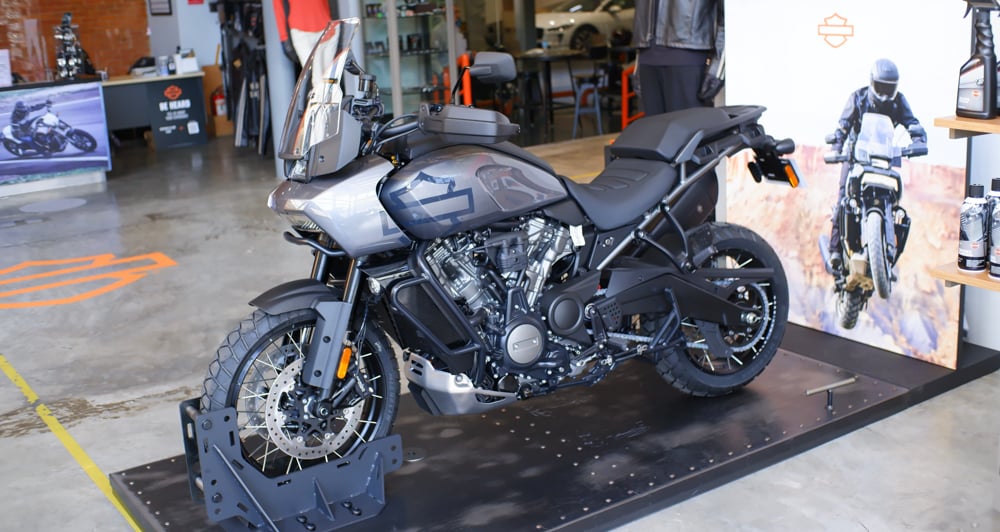
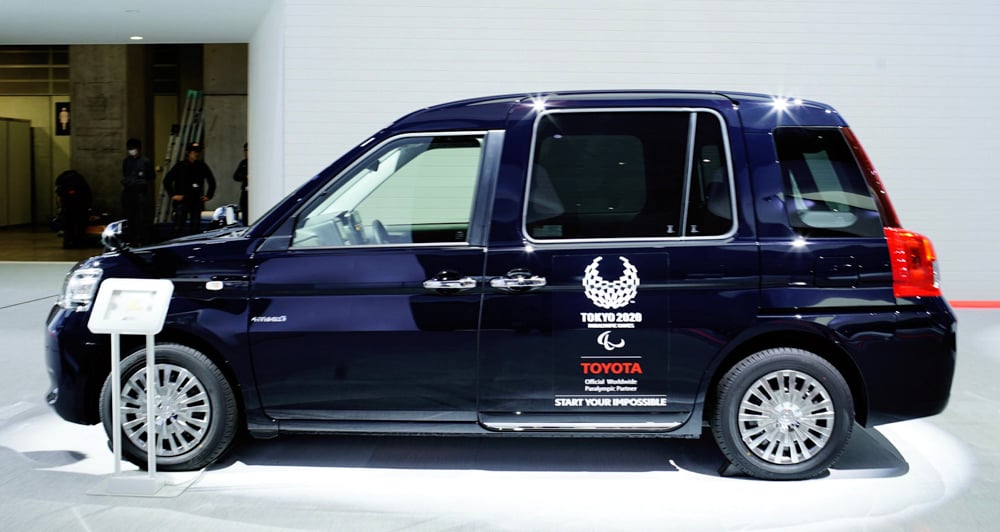
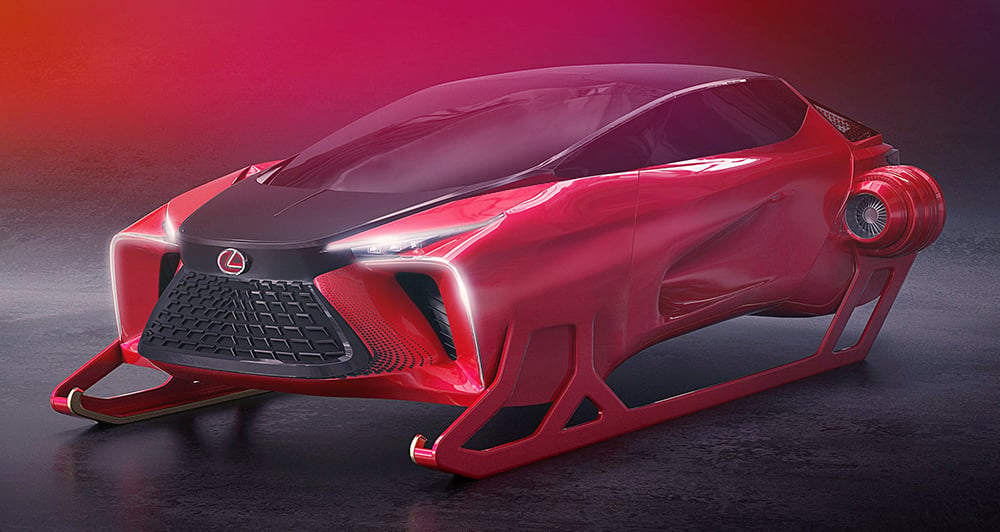

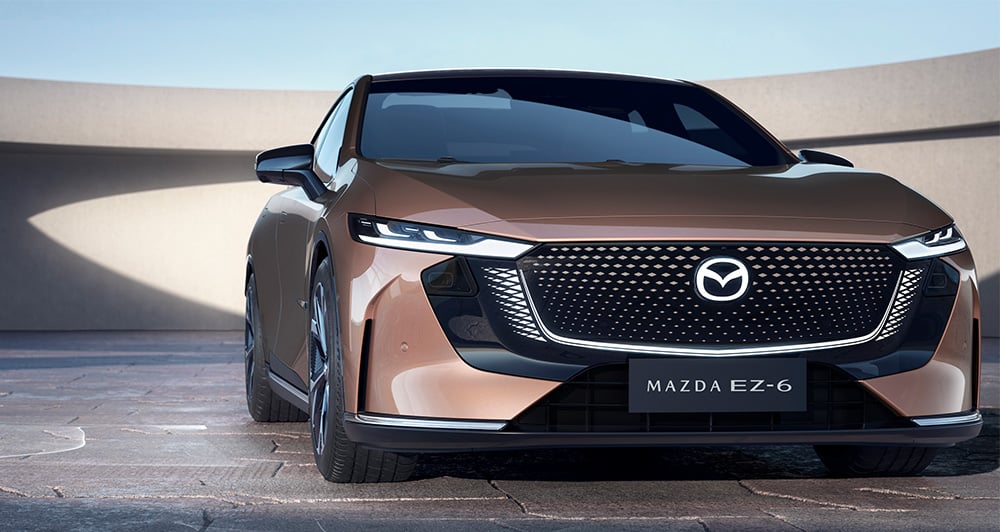

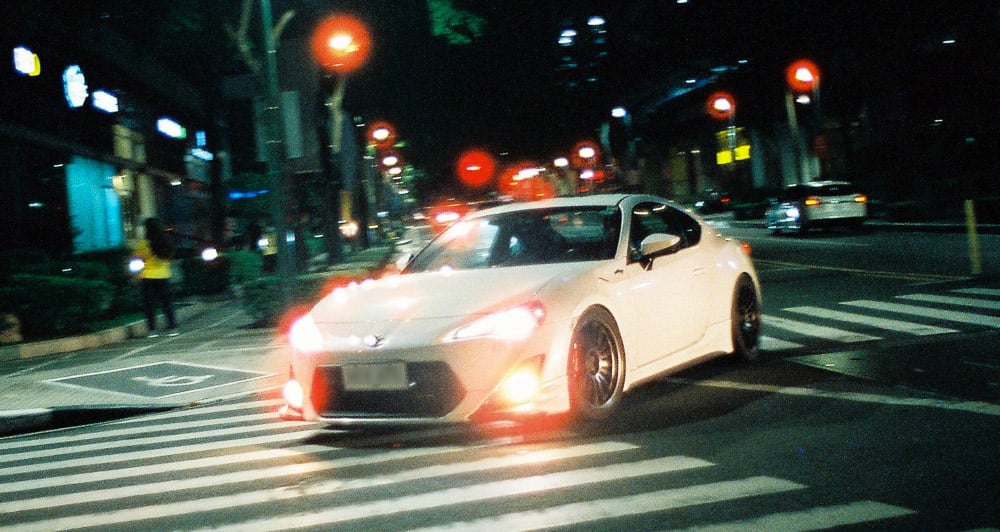
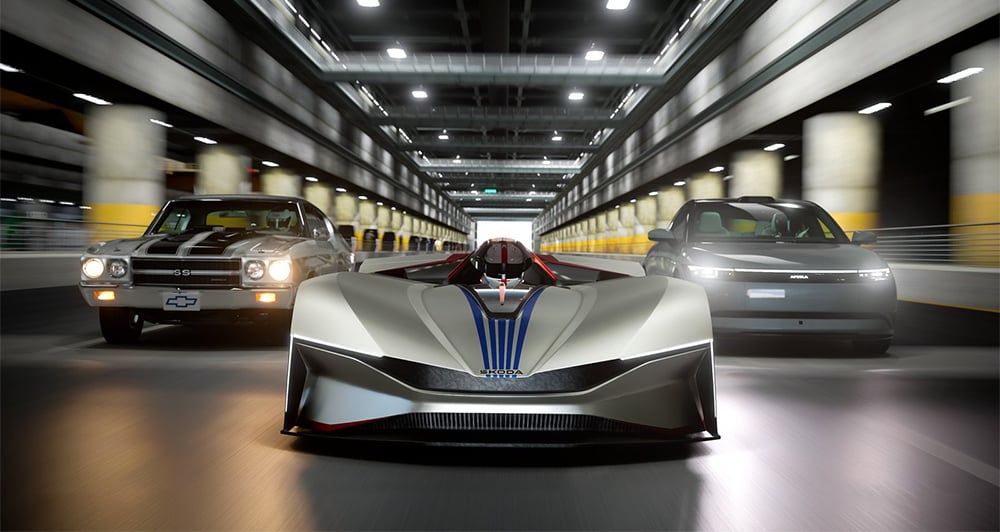
Comments